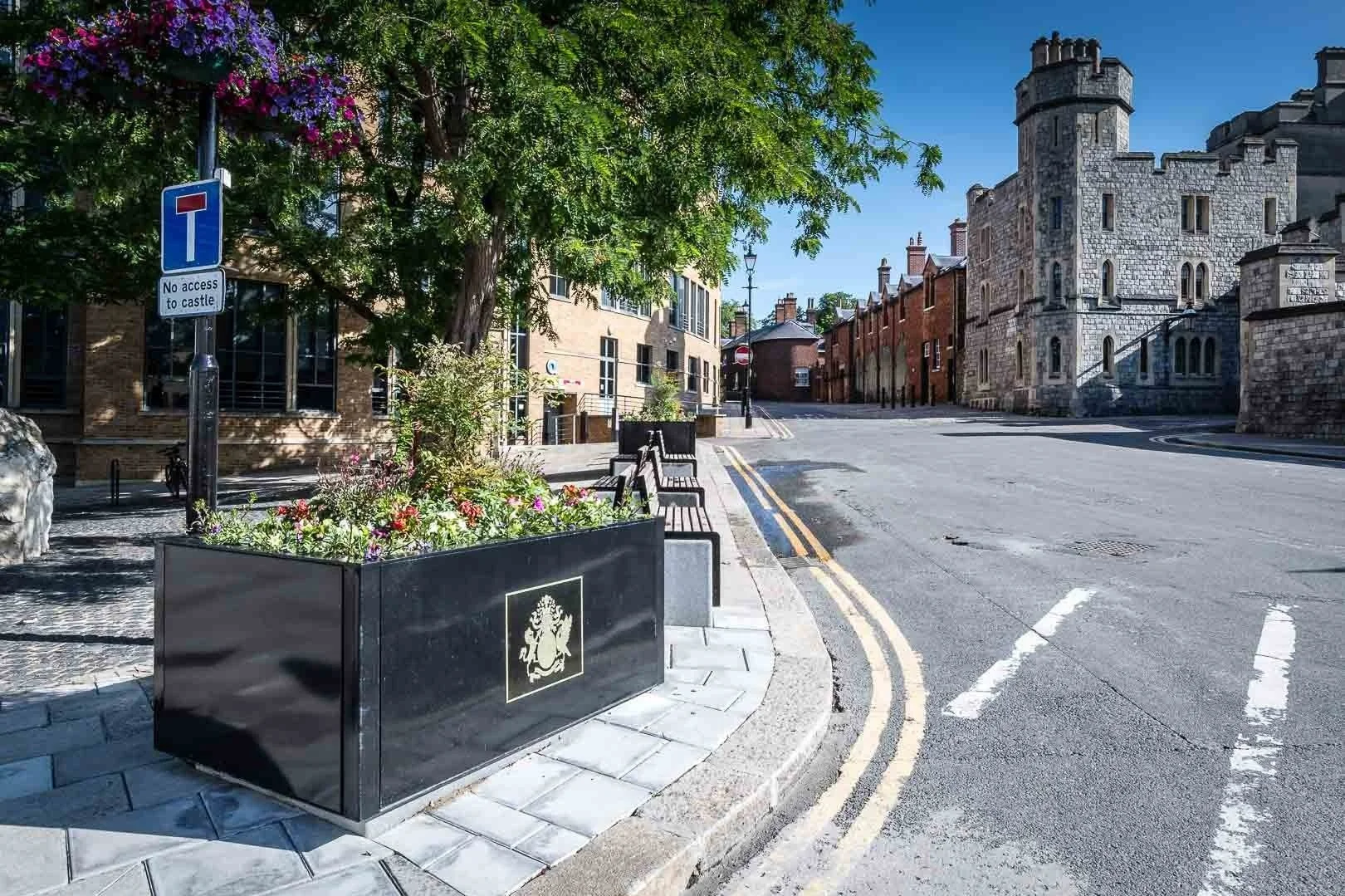How to Design With Passive Solar in Mind
What is passive solar heating and cooling? Passive energy deals with the house's overall design and doesn't rely on external sources to produce electricity. Designing a home with this in mind starts from the very beginning.
The benefits of this design and build approach are remarkable. A passive solar design saves on heating and cooling and reduces a homeowner’s carbon footprint. On a commercial level, passive solar can also reduce the significant carbon footprint of larger buildings.
Here are the best tips for designing building plans with this system in mind.
image © unsplash
1. Choose Light Sources
Natural sunlight can be utilized to reduce the need for interior lighting. A south-facing window warms a room. Consider where you might add mirrors for areas with obscure lighting. In some climates, designers may want to reduce the amount of sunlight absorbed into the home to help with cooling. Utilize outdoor landscape design and place shade plants where needed.
2. Ease Cooling Needs
Cooling costs eat a big chunk out of most household energy budgets. In addition to outdoor plants, there are many design features architects and designers can add to create a cooler environment without the need for air conditioning.
Add ceiling fans to most rooms to move the air around. Fans can be reversed in the winter to pull heat down, too. Make sure it’s large enough to do the job. For example, a 225-square-foot room needs a ceiling fan between 36 and 44 inches.
3. Insulate Walls and Ceilings
Excellent insulation keeps a home warmer in the winter and cooler in the summer. Plan enough space in the attic for either blow-in or foam insulation. Walls should also have space for adequate thickness.
Work with the homeowner to install the best insulation they can afford. What’s new on the market? Not every home does well with foam, especially some more popular barndominium models, which may sweat if sealed too airtight.
4. Invest in Triple-Glazed Windows
According to Energy.gov, approximately 25%-30% of residential heat and energy is lost through windows. Single panes are a guilty culprit, but even double-paned windows can be an issue. Look for add-ons that make for an energy-efficient solution, such as triple glazing, air between panes and better seals.
5. Take Advantage of the Sun
Architects must consider the home’s placement on the building site when designing a passive solar house. What direction will each side of the house face? During the low-light winter months, bigger windows on the home's southern side can help with heating and cooling. This consideration is also critical for placing solar panel accessories in the most optimum positions.
However, keep living spaces in mind versus areas not used as frequently. For example, a bathroom may not need as much sunlight as a family room.
6. Build Thermal Trombe Walls
Trombe walls work much like a greenhouse. They capture heat during the day and release it steadily at night. Trombe walls are made of glass and masonry, and thickness varies depending on the home’s location. Use a dark color on the sun-facing side for the highest efficiency.
Building a wall to utilize the greenhouse effect requires skill. Designers should thoroughly study the way trombes work to avoid adverse airflow and make the most of passive solar heat.
7. Tap Into Isolated Gain
A sunroom also works similarly to a greenhouse. It can be shut off during colder months and collect heat from the sun. It then gets distributed throughout rooms as needed.
During the summer, outdoor windows on the solarium open to allow the heat to escape and prevent the sunroom from heating the house too much.
Combining Passive and Photovoltaic Panels
Passive solar design and photovoltaic panels can make a home completely energy independent. Although these resources may not fully cover the needs of an average home, they reduce the pull and make solar much more efficient and affordable for most homeowners.
Taking steps like these during the design phase makes houses much more appealing to eco-conscious buyers.
Author Bio: Evelyn Long is a writer and editor-in-chief for Renovated, a web magazine for the home industry. Her work focuses on design and construction tactics for industry professionals
cover image © unsplash







